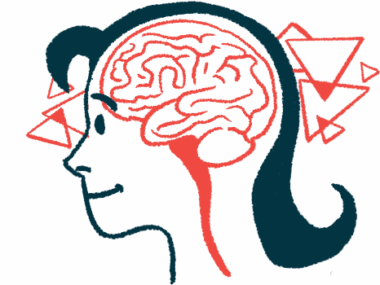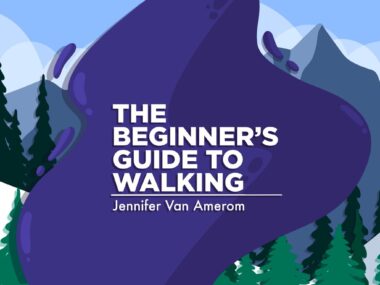I’m a control freak and know it: How I’m helped by making lists
Marking items off my to-dos gives me a sense I'm managing my life
Written by |

I’m a prolific list-builder, and there should be a support group for people like me.
From grocery lists to bucket lists, from daily to-dos to long-term goals, I have a list for nearly everything. Some might see my habit as overkill, but it’s a way of life for me. If a support group existed for compulsive listmakers, I’d be the one volunteering to organize the meeting agenda and create an action plan for each session.
Lists offer me a sense of control because my life with neuromyelitis optica spectrum disorder (NMOSD) is so challenging. I have no control over my body, its symptoms, my prescribed medications, or when I suffer from an attack. That’s why I’m a control freak, and I know it.
The satisfaction of crossing completed items off my lists is a reward in itself, providing a tangible sense of accomplishment. Yet the compulsion to make lists is not without its quirks and drawbacks. The greatest challenge is when I don’t do what I’d planned, so the day’s list carries over to the next day, and the next.
My NMOSD often gets in the way. It’s like my disease is that bad buddy who calls me up and wants to hang out, causing me to procrastinate on whatever important task I’m doing. Sometimes when I have a jam-packed day, my body decides it needs to rest and I split up my labors and sneak in a nap. But when that’s not possible, I feel drained and exhausted by dinner time.
The pitfalls of perfectionism
While lists are usually helpful, I know that my avid use of them has its downsides. My quest for perfection sometimes leads to paralysis by analysis. I can spend an excessive amount of time planning the perfect list instead of acting on it, which often happens because I’m trying to maximize what little energy I have for the day. In the rare disease world, patients explain this phenomenon by the spoon theory; when we ration but still run out of the day’s spoons, we have nothing left.
The sheer number of lists I maintain can also become overwhelming, turning a tool meant to simplify life into a source of stress. That’s when I try to suppress such feelings, as if they’re part of an imaginary bubble that I swallow and hide deep inside me. All NMOSD patients know that stress isn’t great for us. Eventually, that bubble becomes too great, and it can burst if I’m not careful, manifesting in yet another NMOSD attack.
Moreover, my reliance on lists can sometimes stifle spontaneity. There’s little room for impromptu plans when the day is meticulously mapped out. I thus strive to balance structure with flexibility, especially when I’m trying to live life to the fullest.
Having NMOSD has caused me to respect what time really means, and how little time we all have on this planet. Because of NMOSD, every minute of every day has to matter, or I’ll feel an immense sense of loss. Makin lists is the primary way I overcome fears of wasted time.
Some of my favorite list-building tools include Todoist, Evernote, and Google Keep, which is handy if you need to sync across devices. I give my husband access to some of my lists, including the running one for our groceries. When we run out of something, it goes on the list. If one of us happens to be at the store, we can each cross it off and not purchase duplicates.
Despite the occasional challenges, list-making remains an integral part of my life. It’s a habit that brings me peace of mind, a sense of accomplishment, and a way to navigate the complexities of daily life with more ease. It also provides me with some control over my chaotic life despite living with NMOSD.
So here’s to the list-builders of the world. May your lists be ever detailed, your tasks completed, and your sense of order and creativity continually fulfilled.
Note: Neuromyelitis News is strictly a news and information website about the disease. It does not provide medical advice, diagnosis, or treatment. This content is not intended to be a substitute for professional medical advice, diagnosis, or treatment. Always seek the advice of your physician or other qualified health providers with any questions you may have regarding a medical condition. Never disregard professional medical advice or delay in seeking it because of something you have read on this website. The opinions expressed in this column are not those of Neuromyelitis News or its parent company, Bionews, and are intended to spark discussion about issues pertaining to neuromyelitis optica spectrum disorder.







Leave a comment
Fill in the required fields to post. Your email address will not be published.